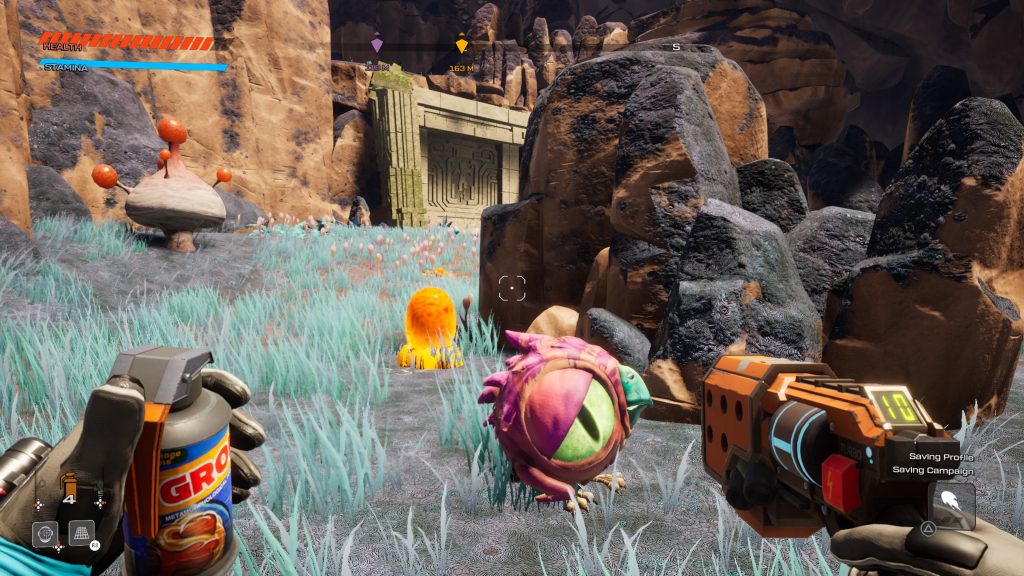

Your own comic book shop stands ready to take your order now. Many will be willing to send you overnight or within a few days anything you’re after, especially if you’re behind on the latest and greatest comics have to offer. While you are sitting at your computer at home pretending to be paying attention to conference calls, you need something to do for your sanity, right? How about comics? The best thing you can do is order from the hundreds of graphic novels at your local comic book store. It’s easy to read this as an inspiration or forebear for later time travel stories to come, especially Connie Willis’s Doomsday Book, set in the same time period, or Michael Crichton’s Timeline.


There is a comeuppance, of a sort, at the very end, satisfying in its own way. None of my expectations were ultimately borne out, to my disappointment, and the main character never grew any more sympathetic. A midpoint plot twist introduces a potential murder plotline, and du Maurier definitely keeps the reader guessing (or perhaps hoping) what might happen next. His instant attachment to the characters of the past is only slightly explained in contrast to his wife (whom he dislikes). What follows is a dense tapestry of Cornish landscape and history, although the details and characters take some considerable time to sort out, and Dick never interacts with any of the figures he observes. The old college chum, Magnus, has been experimenting with a time-travel drug, and urges Dick to make his own “trips” into the past. Dick Young is an out-of-work publisher housesitting for an old college chum for the summer, in an old house on the Cornish coast (setting of so many of du Maurier’s stories).
#Journey to the savage planet gelatinous cube series#
The time machine in du Maurier’s novel is a drug (or “concoction,” as she calls it), or a series of drugs, whose differing effects are never fully (or even partially) explained.

Her 1969 novel The House on the Strand explores the psychological effects of time travel, through the lens of unlikeable characters doing uninteresting things. Her classic post-war story “The Birds” was transformed into a Hitchcock horror film that bears only superficial similarity to the isolation, drama, and sheer apocalyptic gloom of the original, in which residents of an English coastal village watch their doom coming ever closer, thanks to terrifying radio news updates, and is well worth a read (perhaps not now… or perhaps particularly now, depending on your predilections!). But what often gets overlooked is her great science fiction, exploring the boundaries between the known and familiar, and the disturbing edges of twentieth century scientific progress. Most people know Daphne du Maurier as a suspense writer, creator of psychological and gothic thrillers like Rebecca, Jamaica Inn, and My Cousin Rachel.


 0 kommentar(er)
0 kommentar(er)
